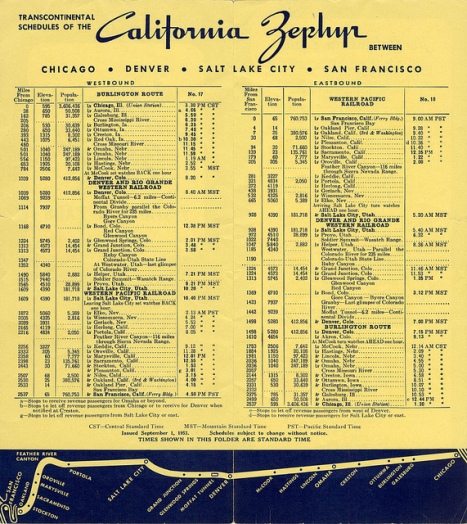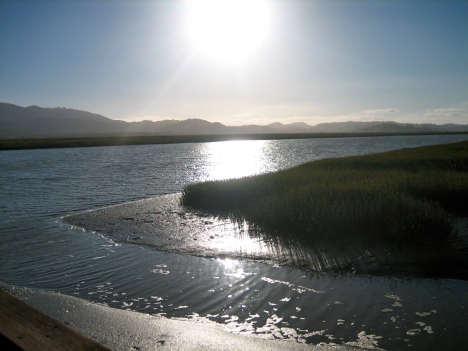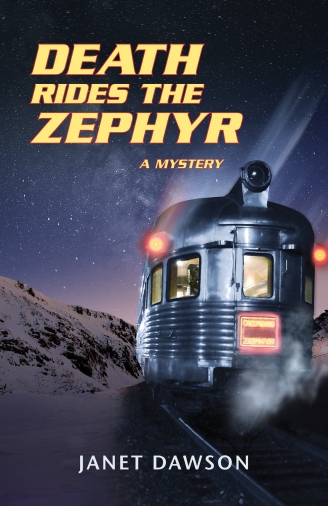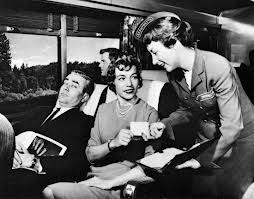Some books I write in a linear fashion. Others come together in what seems to be a patchwork of scenes and ideas. Some places I can make up. Others are real, and must be accurate. Sometimes I can reorder events. Other times I must adhere to a timetable.
A case in point: my recent historical mystery, Death Rides the Zephyr. For the most part, I wrote the book in order, as the events occurred. The novel takes place in December 1952, immediately before and during an eastbound run of the old streamliner, the California Zephyr, as that train travels from Oakland, California to Denver, Colorado, a period of less than two days.
The time structure was very important, as the train moved from place to place according to the railroad timetables I had tacked up around my computer. The order of events in the book was influenced by when the train stopped at various stations along the way, how long the train was there, the train crew schedules, the amount of time it took for the train to travel from Oroville to Portola, California, for example, or from Glenwood Springs to Bond, Colorado, both stops deep in the Rocky Mountains.
And if that wasn’t enough, I found myself looking at charts to see if I could figure out what time the sun rose and set in late December. Why? Because I wanted certain things to take place after dark – and in a certain location.
With the place, as well as the timetable, I wanted to be accurate – about the train and the place it stopped. Railfans, the people love trains, know when something is wrong, and I wanted to get it right. The feedback I’ve received from railfans, and people who rode the old California Zephyr, indicates that I did get it right. All that time poring over car diagrams and climbing around on the existing rolling stock paid off.
The book I’m working on now has a working title of Cold Trail. It’s a Jeri Howard novel and much of the book takes place in Sonoma County, which is north of San Francisco. I’ve been writing scenes that need to be in the book, just getting them into the computer as they occur to me. But until now I haven’t been sure where some of those scenes fit. I am now going through the book’s timeline, revising the order of things, moving some scenes up and others back.
I’ve also been doing location research. I have visited Sonoma County many times, but now I need to look at places with different eyes.
Several scenes occur at a fictional marina in an actual place, called Lakeville, southeast of Petaluma, on the banks of the Petaluma River. As I wrote those scenes, I envisioned trees and vegetation. Google maps didn’t tell the whole story, though, even in satellite view.
I drove up to Lakeville earlier in the week. The town itself is much smaller than I thought. There is a real marina there, but it’s configured much differently than what I had in mind. At that point, the Petaluma River is very wide, not far from the mouth where it runs into San Pablo Bay. There aren’t many trees on either side of the river. Instead, on the approach to Lakeville, I saw hay fields. On the side of the river opposite Lakeville, there is high marsh, vast open expanse of pickleweed.
Now I’m revising those scenes. Even though the book is fiction, I want my readers to think that marina could be there, on the Lakeville Highway just east of the river.
Filed under: Uncategorized | Tagged: accuracy, California Zephyr, Death Rides the Zephyr, Lakeville, locations, On Writing, Petaluma River, place, Railfans, scenes, Sonoma County, writing techniques | Leave a comment »







